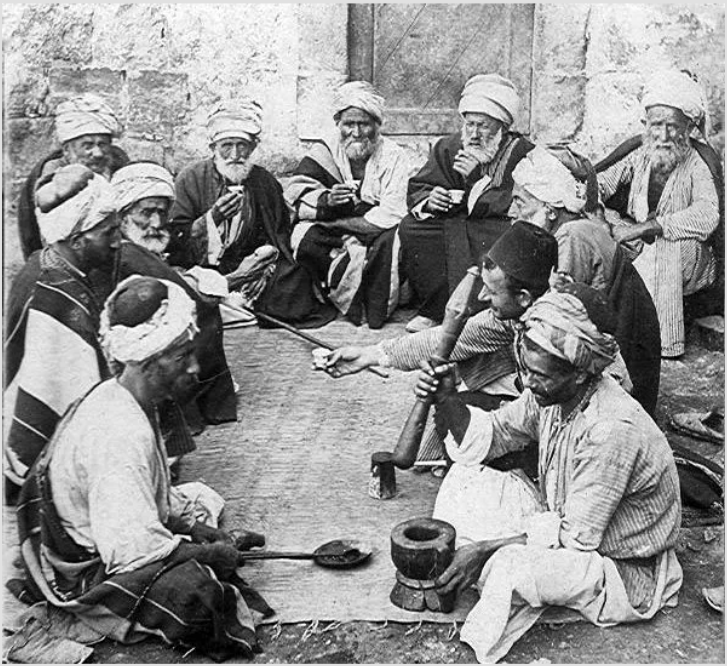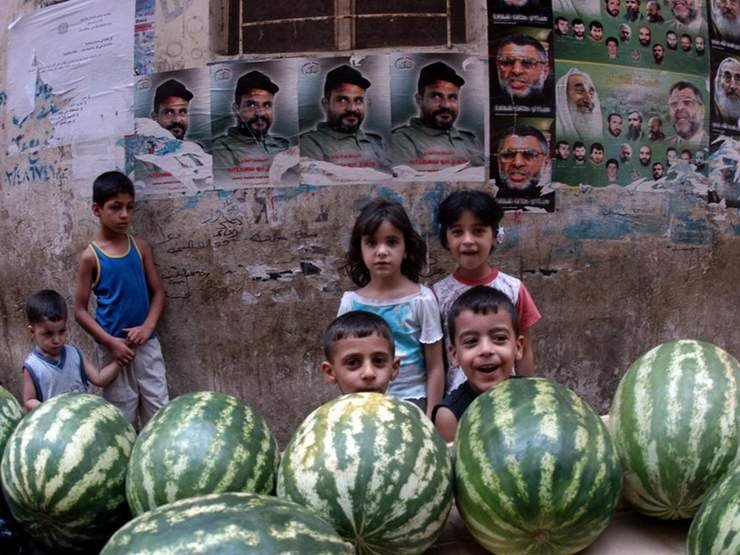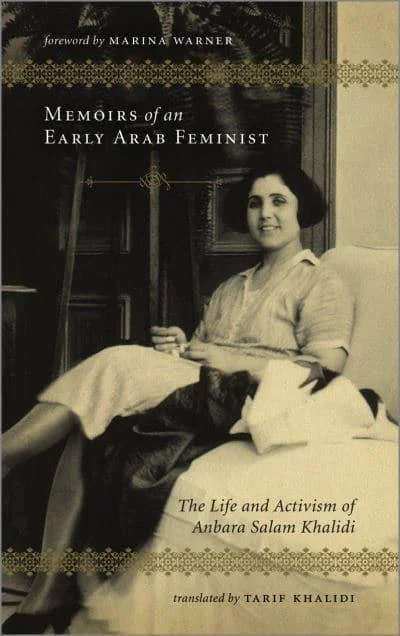Learning Experience Goal:
I will be able to describe the land, people, and culture of Palestine.

What do you already know about Palestine?
4- I know a lot about Palestine & can help teach others.
3- I know about Palestine, but I have some knowledge gaps.
2- I know a little about Palestine, so I have a lot to learn.
1- I do not know anything about Palestine.
Photo by Palestinian reporter Belal Khaled
1.1 “I Am from Palestine.”
Watch the short film “I am From Palestine.”
Describe Saamidah’s first day of school. What did she experience and how did she feel about it?
What did Saamidah learn from her father about her homeland?
How did Saamidah change by the end of the film? Can you relate to her character in any way?
Why do you think Saamidah couldn’t find Palestine on the map? Can you? Click here to access Google Maps. What did you discover?
5. What continent is Palestine located on? What are the nearest bodies of water? Who are its neighbors?
6. What are some of Palestine’s natural resources? What’s the land like? What crops grow well in Palestine?
7. Click here to check out this ancient map of the area. What is the map called? What important details do you notice? Which cities do you think are important?
1.2 DBQ: Who are the Palestinians?
DBQ: Who are the Palestinians?
In this next activity, you will be completing something called a DBQ, which stands for “Document-Based Question.” A DBQ asks you to gather evidence from different sources to learn more about a topic and answer a question or prompt. In this case, you will answer:
Who are the Palestinians?
SOURCE A: Photo Gallery, Palestinians in their homeland, early 1900s- present day
SOURCE B: Where Palestinians live today, 2019.
SOURCE C: Islam, various sources
SOURCE D: 5 Things you need to know about Palestinian Culture
SOURCE E: Dive Deeper: Palestinian Culture
SOURCE A: Photo GALLERY, Palestinians in their homeland, early 1900s- present day
Navigate through the photos in the gallery by clicking the arrows. Respond to these questions:
What are 2-3 details you see about the land of Palestine in the photographs
What are 3 or more details you notice about the people of Palestine? Consider their features, their clothing, their actions in the photos, etc.
What are 2- 3 questions you can ask based on the photos that will help you learn more about Palestine?
SOURCE B: Where Palestinians live today, (2019)
Check out this infographic from Visualizing Palestine 101, a great source of information on Palestine. Respond:
What does this infographic show?
How many Palestinians are there worldwide?
Where do most of the Palestinians live today?
What does the word diaspora mean? Which countries are home to Palestinians in the diaspora?
Why do you think half of Palestinians left historic Palestine?
SOURCE C: Islam, various sources
About 98% of Palestinians are Muslim. Muslims practice the religion of Islam. Explore these sources on Islam and respond:
What is Islam? What do Muslims believe?
What do Islam, Judaism, & Christianity have in common? Do these religions get along? Explain.
Why is Jerusalem an important city? Why is the Al Aqsa Mosque important?
SOURCE D: 5 Things you need to know about Palestinian culture
Watch this video and list the five things Leanne Mohamad wants you to know about Palestinian culture.
Compare and contrast an aspect of Palestinian culture to your own OR if you are Palestinian, what is something you want more people to understand about your people and/or your culture?
SOURCE E: Dive DEEPER: Palestinian culture
Explore one of the following categories below to learn more about Palestinian culture. Respond to these questions:
Which category did you explore and why did you choose it?
Who or what did you discover? Describe your findings.
What can this part of Palestinian culture teach you about the history of Palestine?
Time to bring it all together! Review your notes from the previous sources and respond to the DBQ question.
DBQ: Who are the Palestinians?
Use at least three specific details from sources A-E above.
Reading from Decolonize Palestine, a Palestinian-created and managed site full of historical information.
1.3 Read: Introduction to Palestine
“Palestine has a long and vast history. First documented in ancient Egyptian tablets as Peleset over 3000 years ago, the region between the Mediterranean and the river Jordan has come to mean many different things to many different peoples.
Throughout the ages, Palestine has been home to dozens of cultures, kingdoms and empires. From Assyrian and Nabataean, to Persian and Roman -and many more- each influencing as well as being influenced by the rich cultural and civilizational mélange that defined the area. These ancient influences can still be felt today in the idioms, vocabulary and toponymy used by its native Palestinian population. Even Palestinian agricultural practices can be traced back to the Natufians -one of the peoples credited with inventing agriculture- who called Palestine and the fertile crescent their home, as far back as 9,000 BCE.
Before we continue, it is important to stress that when we talk about Palestine, we are not talking about a Palestinian nation state. For the vast majority of history, the concept of a nation state did not exist… As elsewhere, over the millennia kingdoms rose and fell, religions were founded, wars both holy and unholy were waged, and peoples lived, mixed, moved and died out. In other words, history happened.
….
[In 1516, Palestine fell under the rule of the Ottoman Empire, which would usher in one of the longest chapters of Palestinian history, lasting over 400 years. Jerusalem held an important place in Ottoman eyes due to its religious and historic significance. From the onset of their rule, sweeping and majestic construction projects were carried out which would become staples of Jerusalemite architecture and topography, such as the striking walls of Jerusalem erected by Suleiman the Magnificent.
Over its history, the Ottomans divided Palestine into various political configurations and divisions. The last of which came in 1887, where Palestine was divided into 3 districts (Sanjaks): Jerusalem, Nablus and Acre…The population… at the time would amount to approximately 600,000, the vast majority of which were Sunni Muslim. Palestinian Christians made up around 10 percent of the population, while Jewish Palestinians numbered around 25,000, mainly situated in Jerusalem, Hebron, Safad and Tiberius.”
-Decolonizing Palestine
This land is known as the Levant and dates back thousands of years.
Jerusalem Map, showing the land at the time of the Old Testament
1.3 WATCH: Early economic & cultural centers of Palestine
Historically, Palestine has served as an economic and cultural crossroads of the Arab world. In the early 20th century, agriculture and trade prospered. Cities thrived in arts like theatre, music and literature. Palestinian cities like Jaffa, Acre and Nazareth shared close economic and cultural ties with large cities like Cairo, Beirut and Damascus. Palestine's thriving culturally rich cities and economics challenges the Zionist narrative that held Palestine was a land without a people, for a people without a land.
Learn about Jaffa, one of Palestine’s early economic and cultural centers below and answer the questions.
Jaffa: The Heart of Palestine
Jaffa is an ancient Levantine port city founded by the Canaanites that is now part of southern Tel Aviv. Jaffa was Palestine’s commercial gateway, serving agriculture and industry. Jaffa was well known for it’s expansive orchards and fruits, including its namesake the Jaffa orange. Zionist forces captured Jaffa in April 1948 and the vast majority of Palestinians were driven out.
Questions
The question for this unit is ‘Who are the Palestinians?’ What did these short films about the city of Jaffa teach you about who the Palestinians are?
What is wrong with the Zionist narrative “Palestine was a land without a people and a people without a land”?
What is Jaffa well known for?
What happened to Jaffa? Explain in 3 complete sentences.
Al-Aqsa Mosque
1.3 Palestinian Religion
The Palestinian people have a unique culture and identity that has been shaped over thousands of years. The land has had many names; the people have had many rulers. People have migrated in and out of the land and interacted with other groups for millennia. As a result, the land has seen many religions. The ancient Canaanites were polytheistic and worshipped many gods and goddesses. The Hebrews brought their monotheistic worship of Yahweh, the god of Abraham. Their religion is known as Judaism. Many years later, the teachings of a Jewish Palestinian man Jesus formed the Christian religion. Then, in the year 638, the land of Palestine was conquered by Muslim rulers, leading to mass conversions to Islam. Although the majority of Palestinians are Muslim today, you can find Palestinians of all faiths as well as those who are not religious at all. Regardless of religion, the Palestinian people are a distinct ethnic group, with genetic ties to each other and to the land that date back generations.
According to “Decolonizing Palestine,” relations between the numerous religious groups in Palestine were generally stable and peaceful, nurtured by more than a millennium of coexistence and shared adversity. For example, the inscription on the Jaffa Gate of Jerusalem reads “There is no God but Allah, and Abraham is his friend” in a nod to Christian and Jewish Ottomans, who like Muslims, are considered to be part of an Abrahamic religious tradition. Palestinian Muslims, perhaps uniquely so, were also in the habit of celebrating religious festivals in honor of the prophets and holy men of Judaism such as Reuben, son of Jacob. This attitude was also extended towards Christian Palestinians, where the keys of the Holy Sepulcher remain traditionally entrusted with a Muslim family to this day.
Look back at your DBQ Response. What is one new detail you can add to your description of Palestinians, based on this reading?
Palestinians perform Friday prayers at the Al-Farouq Mosque, which was destroyed by Israeli bombardment, in Rafah, in southern Gaza, on March 8, 2024 (Getty Images)
In the next Learning Experience, we will study the establishment of Israel and a belief system known as Zionism. Take a look at this graphic from Visualizing Palestine 101 and answer the questions.
1.4 Zionism is recent history
What is this infographic showing?
What is the earliest date on this timeline? How many years ago was that?
How many different groups have held power in Palestine? Which 3 groups held power the longest?
Who is the most recent group in power? How might they have gained power?
According to “international law,” who should control the region of Palestine today?
1.5 Reflect on your learning
1. What did you learn about Palestinians that you think is important for people to know?
2. What questions do you have for the upcoming learning experiences? What do you want to learn more about?
Photo of two young Palestinian girls living in a refugee camp getting ready to celebrate the Muslim holy month of Ramadan, photo by Belal Khaled 3/2/24
1.6 Bonus Learning
In pictures: Life in Palestine from 1890 to 1937 | Middle East Eye
A glimpse of life in the Middle East before colonial borders | Middle East Eye
The photo archive bringing pre-Nakba Jerusalem alive | Al-Nakba | Al Jazeera
Learn more about Ottoman influence on Palestine here
Pre-Islamic Arabia here
Please note, this is just a small peek into the long history and diversity of the Palestinian people. We encourage you to learn more!
































